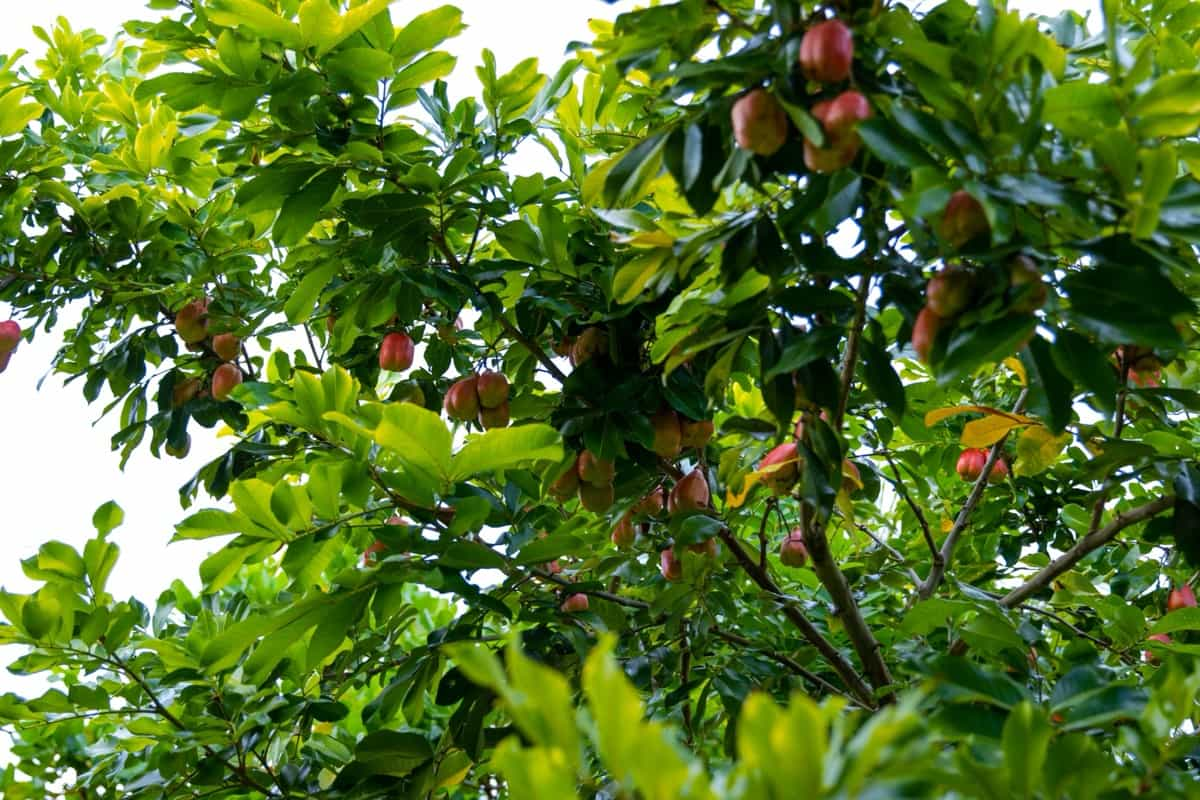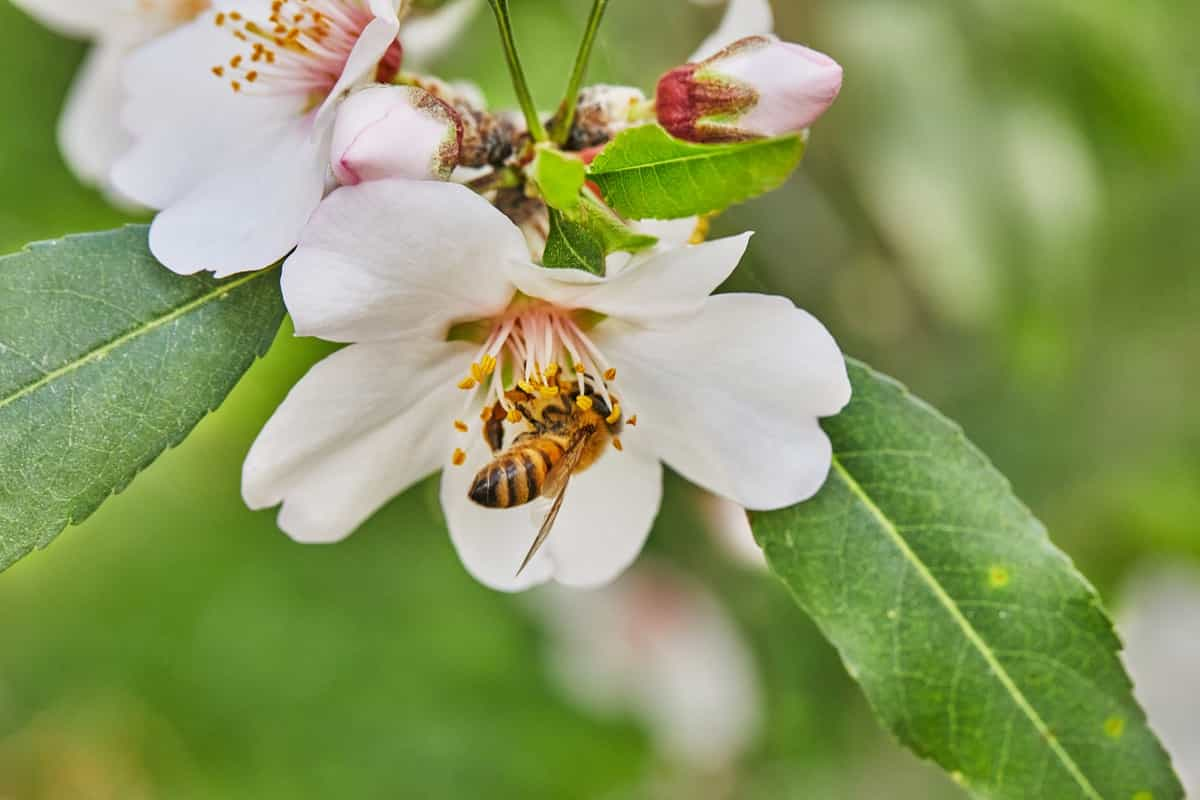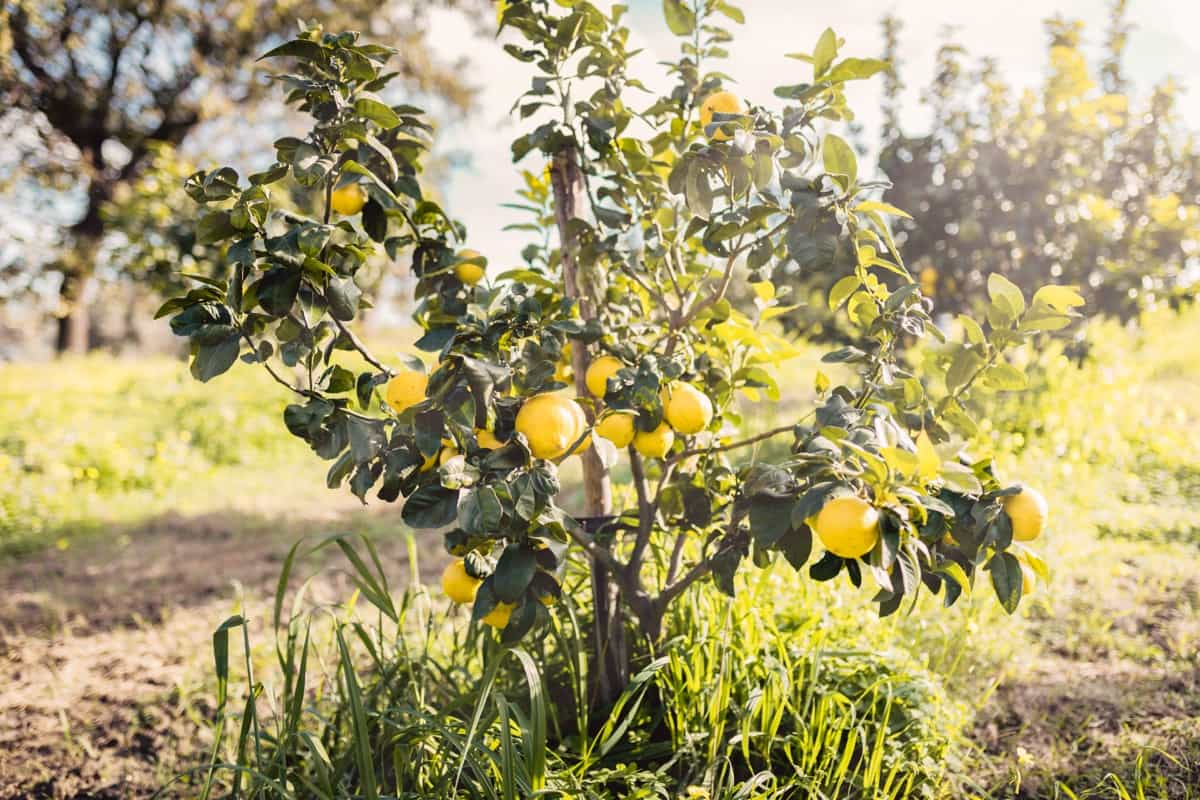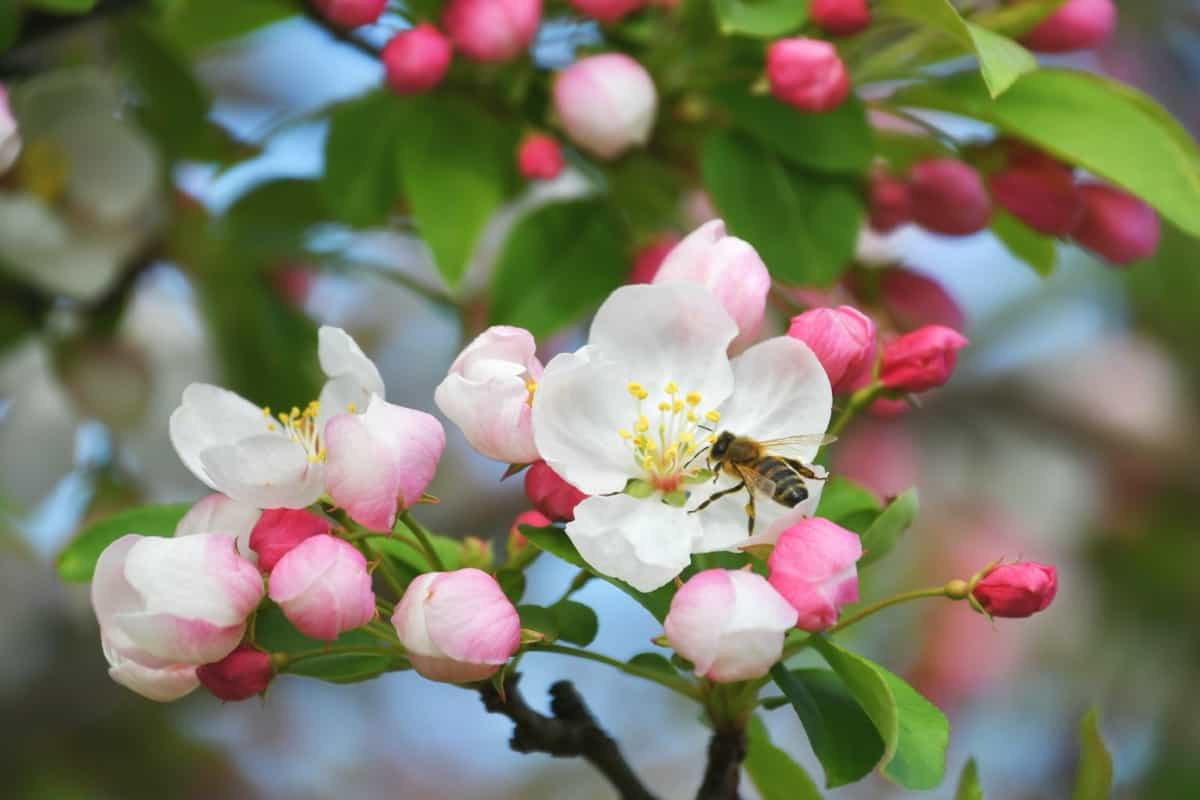The gourd family, Cucurbitaceae, boasts a diverse array of species with unique shapes and sizes. Understanding how pollination plays a crucial role in maximizing gourd yield is essential for any gardener or farmer.

Understanding Gourds Pollination: Basics and Importance
Pollination is important for the production of fruits in gourds. It facilitates fertilization, leading to the development of robust and flavorful crops. Without adequate pollination, fruit formation can be irregular or even poor. Understanding how these unique plants are pollinated is crucial for maximizing their yield. Gourds rely on both male and female flowers to reproduce, with each playing a vital role in the process.
Identifying the distinction between male and female flowers is key to successful pollination. Male flowers produce pollen, while female flowers have the potential to develop into fruit after being pollinated. Natural pollinators like bees and other insects play an essential role in gourd pollination by transferring pollen from male to female flowers.
Identifying Male and Female Flowers in Gourds
Male flowers typically appear first, characterized by long stems and a single stamen in the center. These flowers play a crucial role in producing pollen necessary for fertilizing the female blossoms. On the other hand, female gourd flowers can be recognized by their swollen base, which resembles a mini fruit or gourd-to-be.
The stigma inside the female flower accepts pollen from the male blooms to kickstart the fertilization process. Understanding this distinction is important to maximizing your yield. By lending a helping hand through techniques like hand pollination, you can ensure that both male and female flowers are united for optimal fruit development.
Natural Pollinators: Role of Bees and Other Insects
The buzzing of bees and the fluttering of other insects play a crucial role in gourd pollination. These tiny creatures are nature’s unsung heroes, diligently transferring pollen from male to female flowers. Bees, with their fuzzy bodies, are particularly efficient pollinators, flitting from bloom in search of nectar and inadvertently aiding in the reproduction process.
In case you missed it: How to Grow Tangelos in the Backyard: Varieties, Planting, Propagation, Pollination, Care, and Yield

Enhancing Natural Pollination: Creating a Pollinator-Friendly Environment
Other insects like butterflies and beetles also contribute to gourd pollination by unknowingly carrying pollen as they move around. Planting native wildflowers, minimizing pesticide use, and providing water sources can attract and support a diverse population of pollinators.
Creating a pollinator-friendly environment in your garden is crucial for maximizing gourd yield. By planting different native flowers and herbs, you can attract bees, butterflies, and other beneficial insects that play a major role in pollination. Avoid using chemicals that may harm these important pollinators. Instead, opt for organic gardening methods to maintain a healthy ecosystem where they can thrive.
Provide shelter and water sources like bird baths or shallow dishes with rocks for insects to land on while drinking. Additionally, consider setting up bee houses or insect hotels to give them nesting opportunities. Remember, a diverse range of flowers will attract different species of bees and insects.
Hand Pollination Techniques for Gourds
Hand pollination can be a game-changer when it comes to maximizing your yield. It’s like playing the role of a bee in your garden, ensuring that each flower gets the attention it deserves. To start, identify male and female flowers – think of it as a floral matchmaking session.
The males have pollen, while the females are waiting to receive it. Once you’ve spotted them, gently transfer pollen from the male to the stigma of the female flower using a brush or cotton swab. Timing is crucial; aim for early morning when flowers are fully open and ready for some pollination action.
Timing and Conditions for Successful Hand Pollination
Timing and conditions play a crucial role in the successful hand pollination of gourds. Understanding the blooming patterns of male and female flowers is essential to ensuring effective pollination. When selecting the right time for hand pollination, focus on the early morning when the flowers are fully open, increasing the chances of successful pollen transfer.
Avoid windy or rainy days as they can hinder the process by scattering pollen away from its intended target. Be mindful of humidity levels too, as excessively humid conditions can impact pollen viability. Patience is key during hand pollination; take your time to delicately transfer pollen from male to female flowers using a cotton swab. Gentle movements help prevent damaging delicate flower parts while ensuring efficient pollination results.
Common Challenges in Gourds Pollination
One common challenge in gourd pollination is the lack of sufficient natural pollinators, leading to poor fruit sets. Gourd plants heavily rely on insects like bees for effective pollination. However, factors such as habitat loss and pesticide use can disrupt their presence in the garden.
In case you missed it: Organic Steps to Induce Lemon Tree Flowers: A Comprehensive Guide

Weather fluctuations can also challenge successful pollination. Extreme heat or rain can deter pollinators from visiting the flowers, impacting fruit development. It’s essential to monitor weather patterns and adapt your gardening practices accordingly. Furthermore, inadequate pollen transfer due to low insect activity or improper hand-pollination techniques can hinder gourd yield potential.
Addressing Pollination Issues: Tips and Tricks
The main tip is to consider hand-pollinating when natural pollinators are scarce. This technique ensures that each female flower receives the needed pollen for successful fruit development. Another trick is to plant a variety of flowers and herbs around your gourd plants to attract more pollinators. It is essential to monitor the weather conditions. Extreme temperatures or heavy rainfall can disrupt pollination efforts. By monitoring the adjusting your gardening practices accordingly, you can minimize potential setbacks in gourd yield.
Impact of Weather and Climate on Gourds Pollination
The weather plays a crucial role in the pollination of gourds. Gourd plants are sensitive to temperature, sunlight, and humidity levels. Extreme heat or cold can affect flower formation and pollen viability. During hot weather, gourd flowers may wilt quickly, reducing the chances of successful pollination.
Wind can also impact gourd pollination by disrupting the pollen movement between male and female flowers. It’s essential to protect gourd plants from strong winds that could deter natural pollinators like bees. In regions with unpredictable weather patterns, gardeners may need to monitor their gourd plants closely to ensure optimal conditions for successful pollination.
Monitoring and Evaluating Pollination Success in Gourds
Once you’ve implemented pollination techniques for your gourds, it’s crucial to evaluate the success of the process. Keep a keen eye on how many female flowers are setting fruit compared to the total number present. This ratio can give you insights into the effectiveness of pollination. Regularly check for signs of successful pollination, such as growing fruit size and shape consistency.
In case you missed it: Seasonal Flower Gardening: Best Practices for Spring, Summer, Fall, and Winter

Remember that not all fruits will develop fully, so monitoring progress is key to maximizing yield potential. Be observant of any abnormalities in fruit development that may indicate poor pollination. Proper pollination plays a vital role in maximizing gourd yield and quality. It ensures that plants produce healthy fruits with viable seeds for future growth. With these strategies in place, you can significantly boost your gourd harvest and enjoy a bountiful crop year after year.
- Best Liquid Fertilizer for Flowering Plants
- How to Set Up an Efficient Watering System for Home Garden
- How to Mulch Tulip Bulbs: Expert Tips Best Tulip Blooms
- Common Problems with Potted Figs and How to Solve Them
- How to Prevent Flower Drops in Pomegranate Trees: Effective Tips
- How to Boost Ridge Gourd Flowering and Yield: A Beginner’s Guide
- Effective Pollination Techniques for Maximizing Gourds Yield
- Composting Techniques for Manure in Home Gardens
- A Step-by-Step Guide on Propagation Techniques for Jasmine Plants